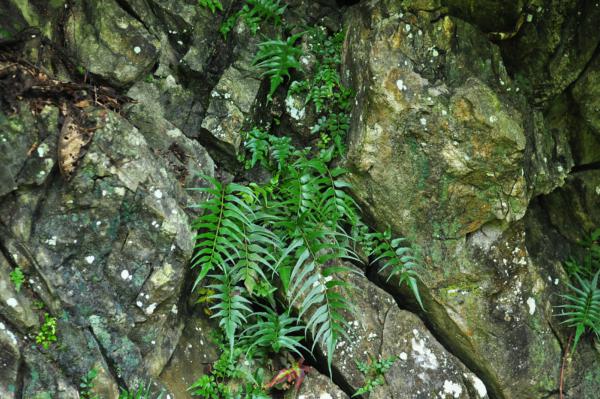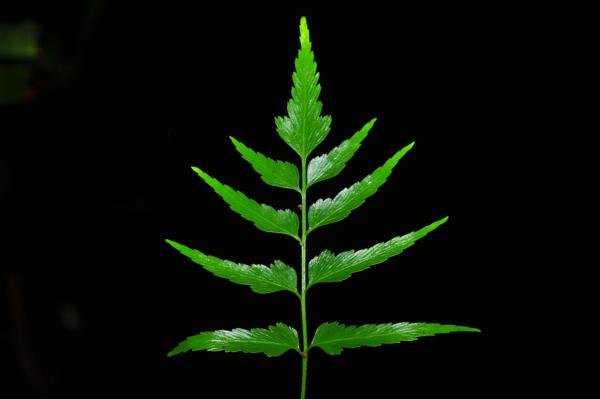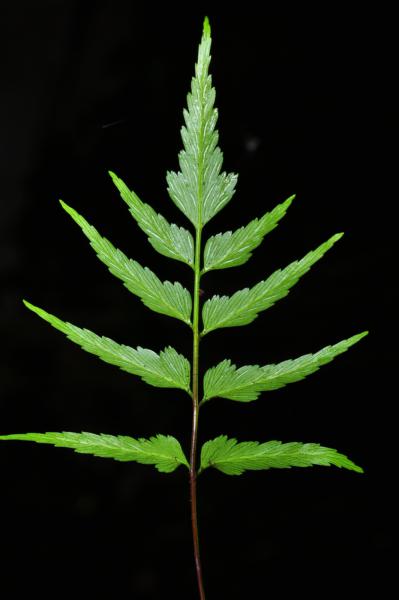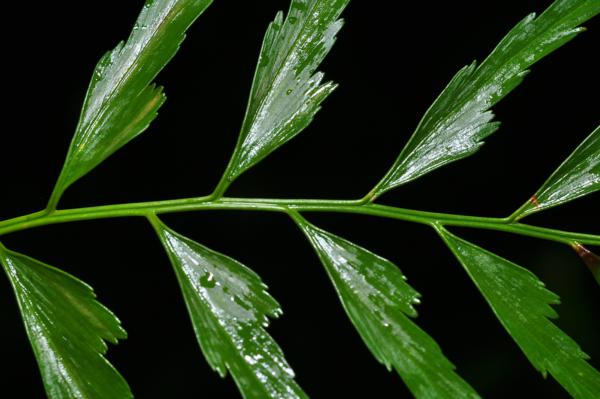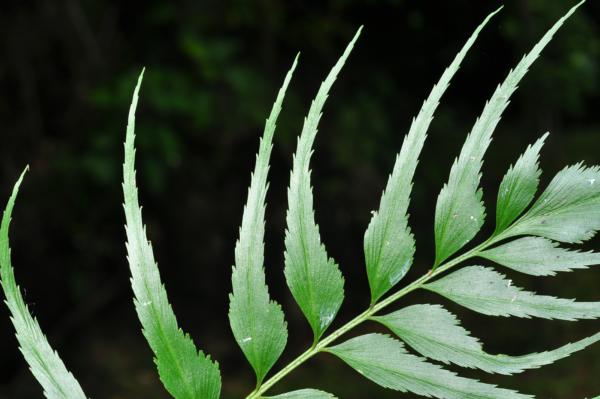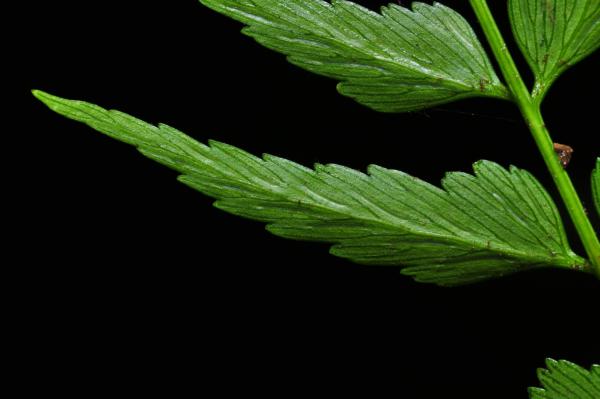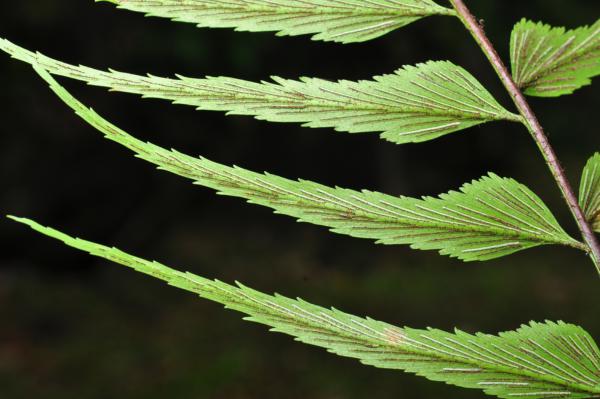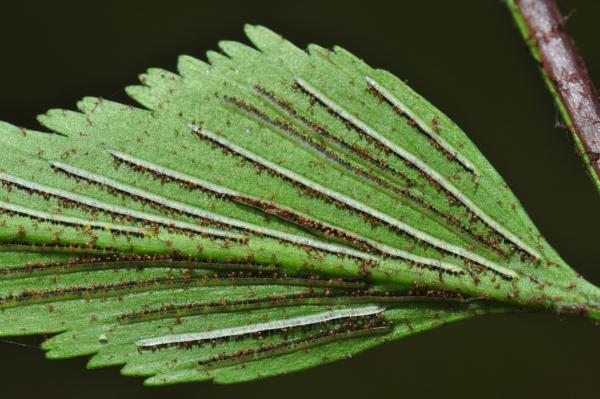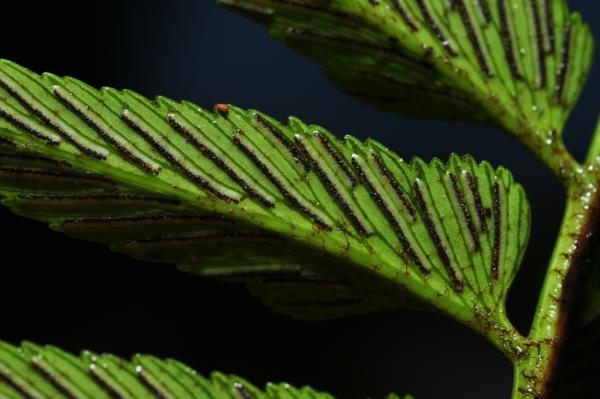
Asplenium polyodon G.Forst.
Family
Aspleniaceae
Nomenclature
Asplenium polyodon G.Forst., Fl. Ins. Austr.: 80. 1786; Parris & Latiff, Malayan Nat. J. 50: 241. 1997.
Asplenium falcatum Lam., Encycl. (Lamarck) 2: 306. 1786; Bedd., Handb. Ferns Brit. India: 150. 1883; Tardieu & C.Chr., Fl. Indo-Chine 7(2): 229. 1940; Sledge, Bull. Brit. Mus. (Nat. Hist). Bot. 3: 261. 1965; Tagawa & K.Iwats., Fl. Thailand 3: 284. 1985; Boonkerd & Pollawatn, Pterid. Thailand: 141. 2000.
Asplenium adiantoides (L.) C.Chr., Index Filic.: 99. 1905, non Lam. 1786; Bonap., Notes Ptérid. 14: 57. 1923; E.Smith, J. Siam Soc. Nat. Hist. Suppl. 8: 4. 1929; Holttum, Rev. Fl. Malaya ed. 1, 2: 431, f. 250. 1955 [‘1954’].
Description
Incorporating data from Flora of Australia.Epiphytic or lithophytic. Rhizome short creeping, scaly. Stipes dark reddish brown, 9–65 cm long. Laminae 15–120 cm long, 5–26 cm wide; pinnae 10–40 pairs, ovate to falcate, base cuneate but unequal, stalked, apex acuminate, lobed to 1/3 way towards costa, up to 12 by 2 cm in Thailand (3–17 cm long, 7–27 mm wide in Australia), longest pinnae around middle; veins more or less visible, forming narrow angles with costa. Sori long, usually occupying the whole length of veinlets from near costa to near margin, up to 2 cm long; indusia herbaceous , open to posterior side.
Distribution in Thailand
EASTERN: Buri Ram; PENINSULAR: Chumphon, Nakhon Si Thammarat, Phatthalung, Phangnga.
Distribution in Cambodia
Kompong Chhnang.
Wider Distribution
Old World tropics.
Ecology
On mossy trunks in mountain forests or lithophytic on limestone rocks.
Similar species
Asplenium contiguum Kaulf.
Proposed IUCN Conservation Assessment
Least Concern (LC). This species is widespread and not under any known threats.
Voucher specimens - Thailand
Middleton et al. 5395, Phatthalung, Wat Tham Phra Non (E); Middleton et al. 5429, Phangnga, Tham Pha Phueng (E); Middleton et al. 5461, Phangnga, Phangnga Town Park (E).
Voucher specimens - Cambodia
Muller 764, Kompong Chhnang, Phnom Chom (P).
Habit
Frond from above
Frond from beneath
Rachis showing confluence of groove with costae
Pinnae
Pinna
Pinnae
Young sori
Older sori
Site hosted by the Royal Botanic Garden Edinburgh. Content managed by Stuart Lindsay, Gardens by the Bay, Singapore and David Middleton, Singapore Botanic Gardens. Last updated 24 January 2012
